Like a Dragon: Yakuza season 1 ending explained: who died, the Dragon of Dojima tattoo, and who is the Devil?
The Devil is in the details
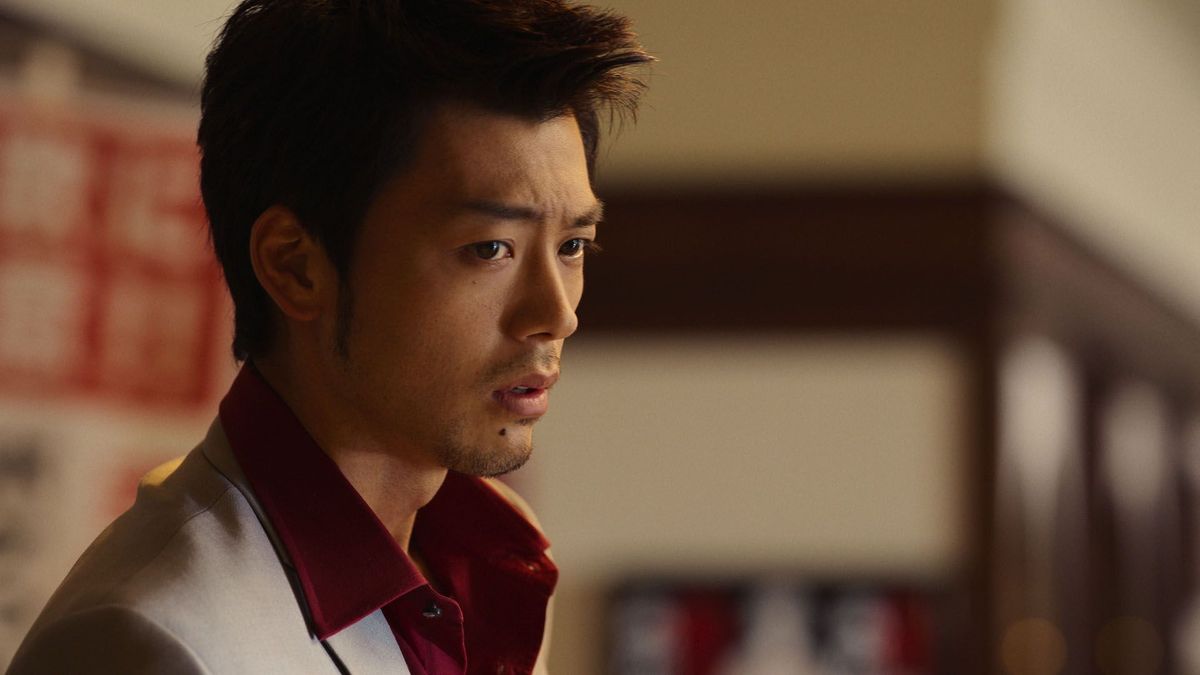
Like a Dragon: Yakuza’s first season certainly went out with a bang. The Amazon adaptation of the hit video game series answered several major questions in its finale, while also posing a few more – ones that should help set up a more personal second season for Kiryu.
With several deviations from the game, double crosses, and a tattoo-shaped cliffhanger, there’s plenty to take in when it comes to Like a Dragon: Yakuza’s ending. Below, we’ll break everything down, from a list of casualties in the final episode, the identity of the Devil, a full story recap, and a look at that Dragon of Dojima revelation.
Find all that and more below, as well as our interviews with Kiryu actor Ryoma Takeuchi on the Prime Video series’ time jump scenes and why he "really wants" to play the games.
Like a Dragon: Yakuza season 1 ending recap
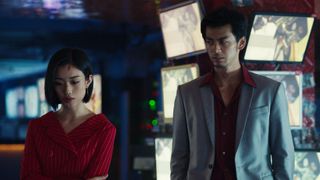
In 1995, the fallout from the reveal that Nishiki could have saved Miho with a kidney transplant has tragic implications. The double whammy of being set up by the Dojima Family and Kiryu beating The Emperor in the underground fighting ring meant Miho died without a donor.
In response, Nishiki heads to Dojima’s office and shoots him dead. Kiryu quickly arrives on the scene and takes the fall for his aniki – which is the reason why the wannabe Dragon of Dojima spent 10 years in prison for a murder he didn’t commit.
Back in 2005, Kiryu, Yumi, and Aiko head to the centre of Kamurocho with the 10 billion yen in tow in a bid to exchange it for Aiko’s daughter, Haruka (who has since been kidnapped by Nishiki and the yakuza).
Outside the Millennium Tower, the Tojo Clan’s chairman, the Omi Alliance’s chairman, Kazama and several underbosses and goons assemble in preparation for all-out war. Inside, Nishiki is asked to step down from his position by Shimano. The Devils then appear, killing Shimano – with Nishiki revealed as their leader.
Sign up for the Total Film Newsletter
Bringing all the latest movie news, features, and reviews to your inbox
As Kiryu fights Nishiki, his one-time brother reveals more of his intentions. Namely, he wants to destroy Kamurocho and the yakuza entirely.
Outside, war erupts between the two clans and excommunicated Tojo Clan member Majima is brought back into the fold to turn the tide.
At the money exchange, Yumi rushes one of the Devils. In the melee, she grabs their gun and shoots them both. One of them manages to fire off a shot in response, which hits Aiko, who collapses as Yumi drives the money to the Millennium Tower.
In a brutal fight, Kiryu eventually gains the upper hand and forgives Nishiki and promises not to let him die. "It’s too late," Nishiki replies, as he runs into Kiryu and seemingly stabs himself in the gut.
As he lays dying, Nishiki reveals that the Dragon of Dojima was the one who killed their parents. "The Dragon is by our side," Nishiki cryptically offers as he succumbs to his wounds.
Over at the Millennium Tower, Yumi returns the 10 billion yen – which the Omi Alliance chairman gratefully accepts. The war is over. For now.
Kiryu carries Nishiki’s body out of the tower as Date’s police and other emergency services converge on the scene. Aiko, it seems, is still alive but her pulse is weak.
Kiryu is helped away by Shintaro, but he soon sees the rip in his suit that had been hiding the dragon tattoo. In one final twist, Kiryu discovers that Shimano was the one who killed his parents…
What does the tattoo mean?
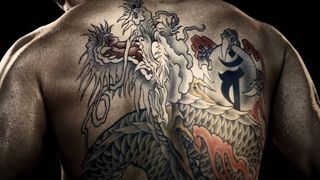
As early as the first episode, we are introduced to Kiryu’s idol – well, the (literal) back of him, anyway. The tattoo on the mystery fighter’s back belongs to the legendary Dragon of Dojima, a feared fighter in Kamurocho’s criminal underworld.
Despite being an aspirational figure for Kiryu, we discover in the finale that the tattoo belongs to Shintaro, his mentor and owner of the Sunflower Orphanage. It means, if we can take Nishiki’s words at face value, that the Dragon of Dojima is the one who killed Kiryu’s parents.
Who is the Dragon of Dojima?
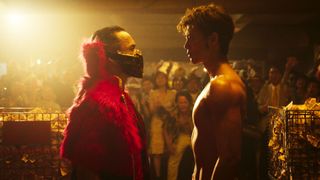
The Dragon of Dojima is Shintaro Kazama, though Kiryu has also done enough to earn that moniker by beating the Emperor in 1995.
As of right now, that means a potential future season has set up a Dragon vs. Dragon clash between Kiryu and Shintaro that isn’t too dissimilar to the setup to Yakuza 2 and its showdown between Kiryu and the 'Dragon of Kansai', Ryuji Goda.
Who killed Kiryu’s parents?
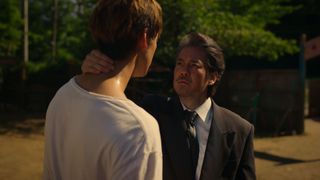
Sorry to sound like a broken record but, yep, that’s Shintaro again. While the Amazon series hasn’t yet gone into the events surrounding Kiryu’s parents deaths, we imagine it will play out in similar fashion to the games, which sees Shintaro ordered to kill Kiryu’s parents and then raising the boy as his own.
Who is the Devil?
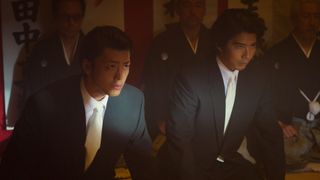
Throughout the season, a mysterious group of oni-masked killers stalked the streets of Kamurocho and killed off anyone seemingly connected to the Tojo Clan and the case of the missing 10 billion yen.
In the finale, the Devil was unmasked as Nishiki. The crime boss revealed that he wanted to use the moniker to destroy the system – including the entire yakuza in Kamurocho. He did it after being tricked by the Dojima Family in 1995, a move that led to the death of his sister Miho.
Who has the 10 billion yen?
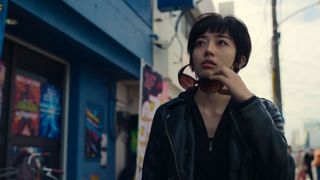
The 10 billion yen was stolen from the Omi Alliance by Aiko and Oishi, but is now safely back in their hands thanks to Yumi’s heroic effort (and van-driving) during the finale. With their money returned, a war between the Omi and the Tojo Clan is now looking far less likely, despite tensions bubbling over outside Millennium Tower.
Who died in the Like a Dragon: Yakuza season 1 ending?
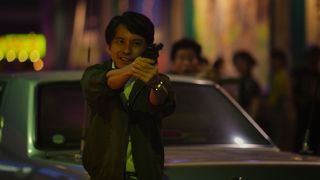
Multiple major characters die across both time periods in the Like a Dragon: Yakuza season 1 ending.
First, in 1995, Daigo Dojima is shot by Nishiki. In 2005, Shimano is thrown out of a window by Nishiki and, later, Nishiki succumbs to (seemingly self-inflicted) stab wounds during a fight with Kiryu. Aiko, despite seemingly biting the bullet early in the finale, is still breathing by its end.
How different is the Like a Dragon: Yakuza season 1 ending to the games?

In broad strokes, Like a Dragon: Yakuza’s finale hews closely to its source material. Both the Prime Video series and the original game end with Kiryu battling Nishiki at the top of Millennium Tower, with the latter dying in both instances. The 10 billion yen also comes into play but, in the RGG-developed game, the missing money is property of the Tojo Clan. The death of Daigo Dojima and Kiryu covering it up for Nishiki also kickstarts the story, though the circumstances around the act are different in each.
Similarly, Kiryu also finds out that Kazama killed his parents in both versions of the story. Here, however, he inadvertently discovers it thanks to Kazama’s ripped shirt revealing his dragon tattoo. In the source material, Kazama reveals the information with his dying breath.
One key difference is that, in the Amazon series, Kiryu doesn’t become Fourth Chairman of the Tojo Clan, nor does he seemingly retire from being a yakuza. He also doesn’t adopt Haruka, who is seen being handed over to a care worker while medical staff work to save her mother.
Will there be a season 2 of Like a Dragon: Yakuza?
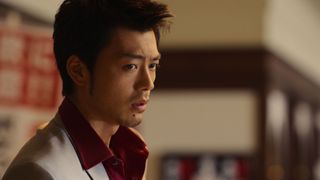
Only time will tell. Right now, there has been no official word on Like a Dragon: Yakuza season 2. We imagine that all depends on a future combination of budgets, viewing figures, and fan interest. Expect an announcement one way or another within the coming months.
All six episodes of Like a Dragon: Yakuza are now streaming worldwide on Prime Video. For more, check out our verdict of the first season in the Like a Dragon: Yakuza review, and our ranking of the best Yakuza games.
I'm the Senior Entertainment Writer here at 12DOVE, focusing on news, features, and interviews with some of the biggest names in film and TV. On-site, you'll find me marveling at Marvel and providing analysis and room temperature takes on the newest films, Star Wars and, of course, anime. Outside of GR, I love getting lost in a good 100-hour JRPG, Warzone, and kicking back on the (virtual) field with Football Manager. My work has also been featured in OPM, FourFourTwo, and Game Revolution.
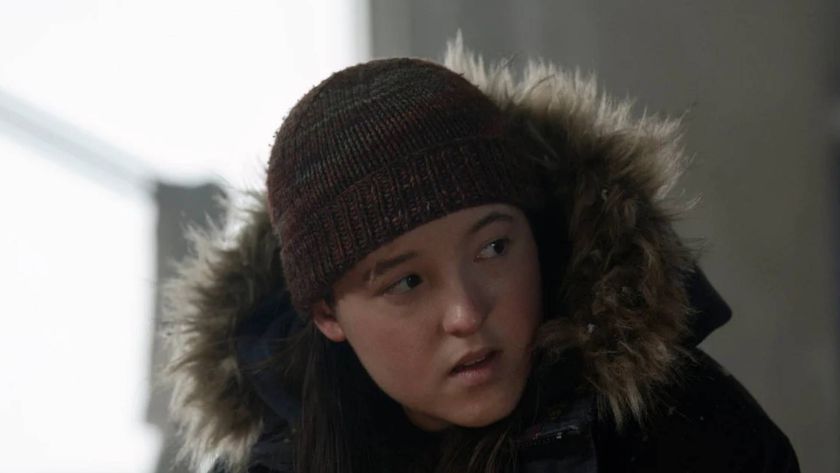
The Last of Us showrunner says "so much" has happened in the five-year gap since we last saw Joel and Ellie: "That's part of the mystery of the season"
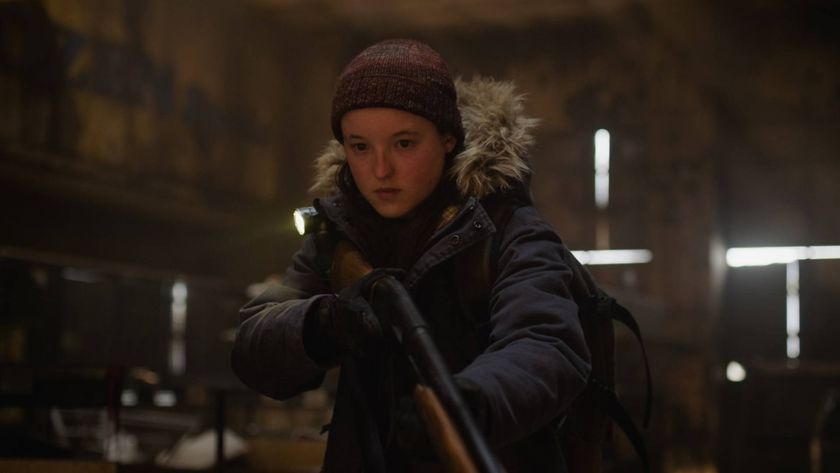
The Last of Us showrunners say it might be stretched over four seasons as they talk taking their time with the storyline: "We have a destination in mind"











